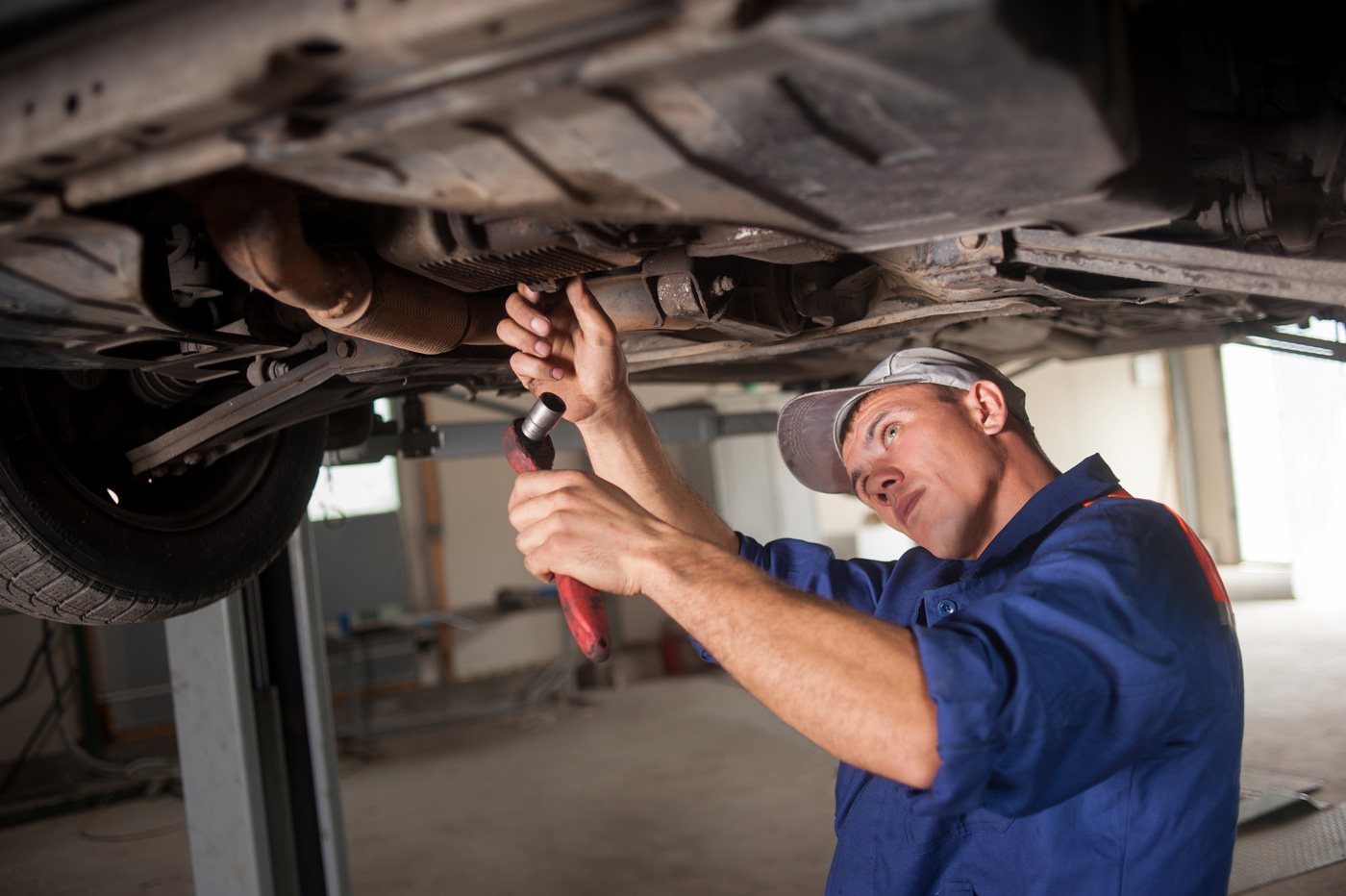All fleet managers know that the assignment of vehicle maintenance tasks should be carefully planned and scheduled.

The longer a vehicle stays in the shop, the longer it’s off the road and the more work it tends to accumulate. If shop work is not properly scheduled, busywork will be found, performed and charged to a vehicle whether it needs it or not.
Why does this happen?
Unfortunately, a supervisor may just want to look productive. If there is no work to be done because of light operations, the supervisor may assign mechanics to work on vehicles that are domiciled in the shop or yard. Obviously vehicles don’t need parts changed or maintenance performed merely because they’re there, so this is unacceptable.
We must plan our work, then work our plan.
This is why we schedule preventative maintenance and devote the remainder of our effort to breakdown work. This process allows careful analysis of our breakdown work so we can see why each repair was necessary, and it tells us what we can do to reduce future breakdowns by optimizing our PM programs.
To increase overall shop productivity, fleet managers should do the following:
- Set goals for equipment uptime.
- Ensure that equipment is in the shop only while it is being worked on.
- Analyze how much of mechanics’ time is actually devoted to working on vehicles.
- Compare estimated and actual repair times and review discrepancies.
- Provide mechanics with in-shop and vendor training.
- Keep work areas clean, safe and well-organized.
- Ensure that mechanics have the necessary tools to perform tasks.
- Keep frequently used items in stock.
- Run cost analyses on in-house vs. vendor repairs and on overtime vs. hiring additional staff.
- Use rebuilt or remanufactured components (if they cost no more than 50 percent of the price of a new part but have 75 percent of a new part’s durability).
- Pull vehicles out of service for repairs only when all necessary parts are available.
- Limit repairs to those the supervisor (not the mechanic) deems necessary.
- Review vehicle repair histories to uncover patterns of repeat repairs.
In our next posts:
We'll be digging into two key areas of shop productivity improvement - availability of equipment and mechanic productivity. Stay tuned!
Sources: Fleet Management, 11th Edition by John Dolce



